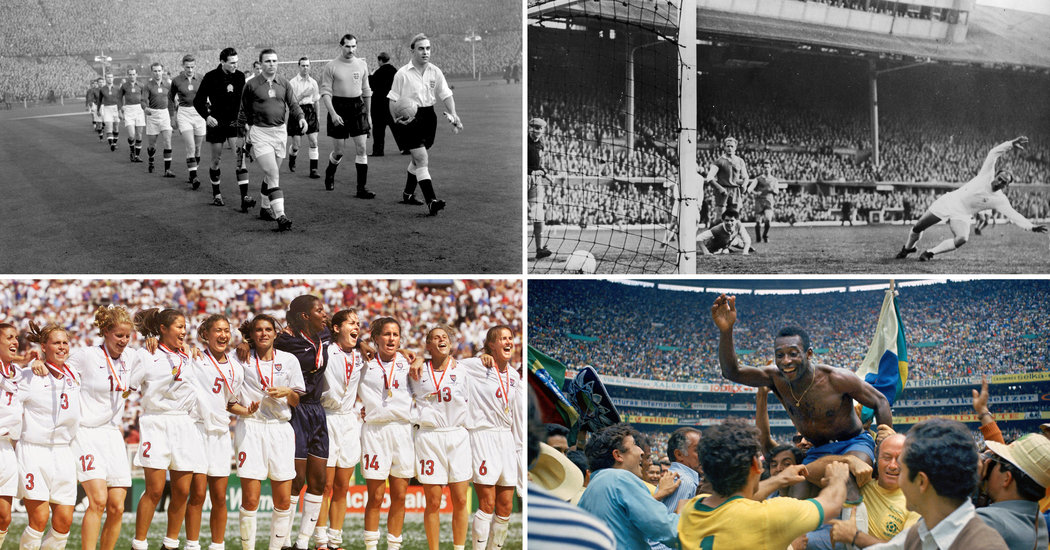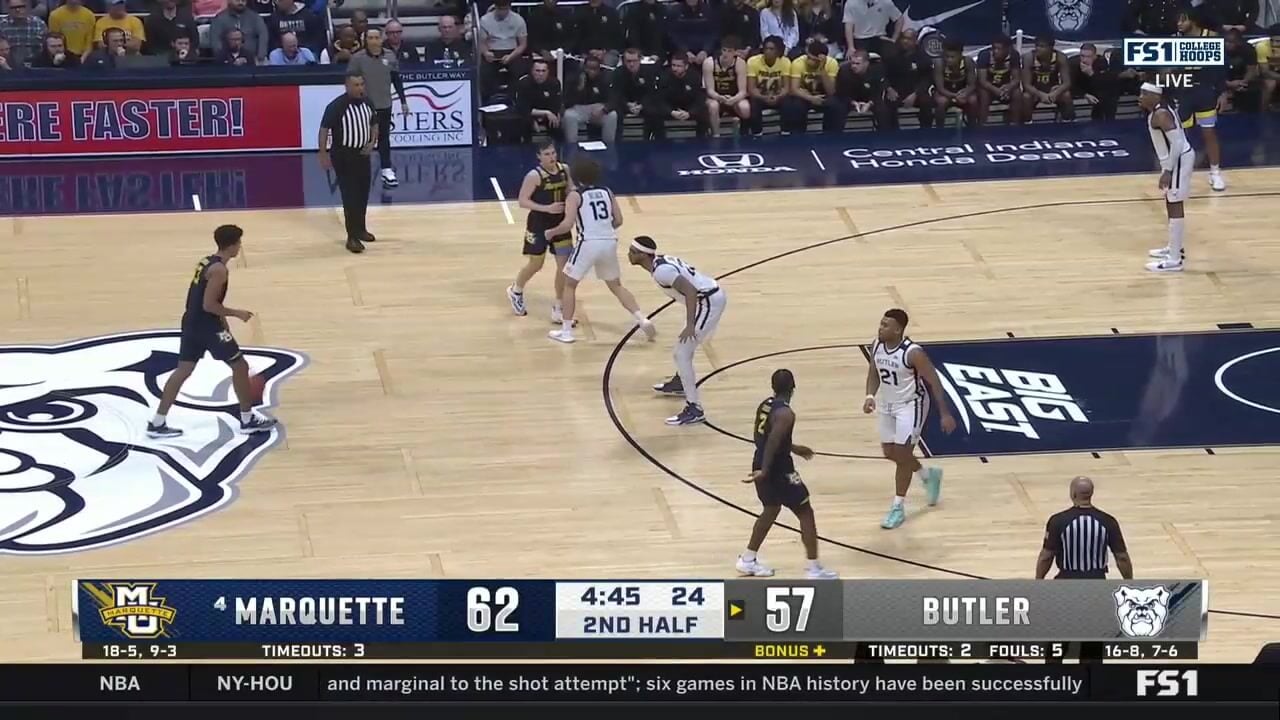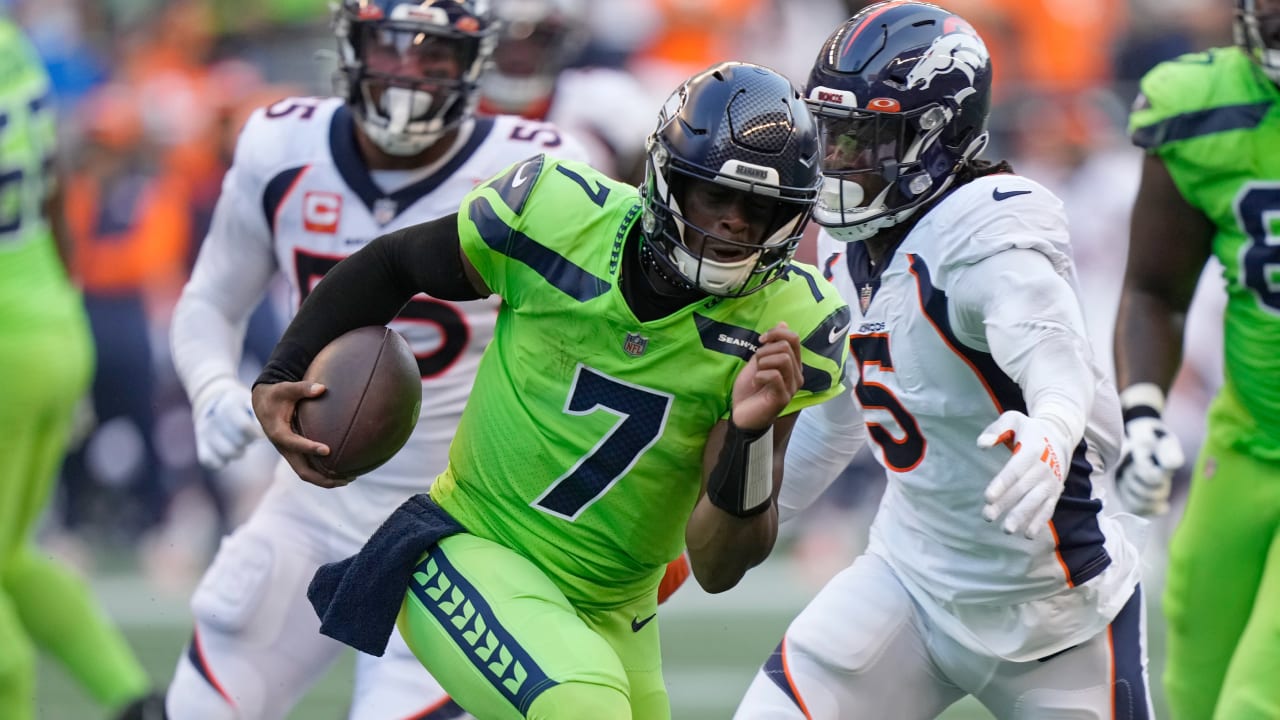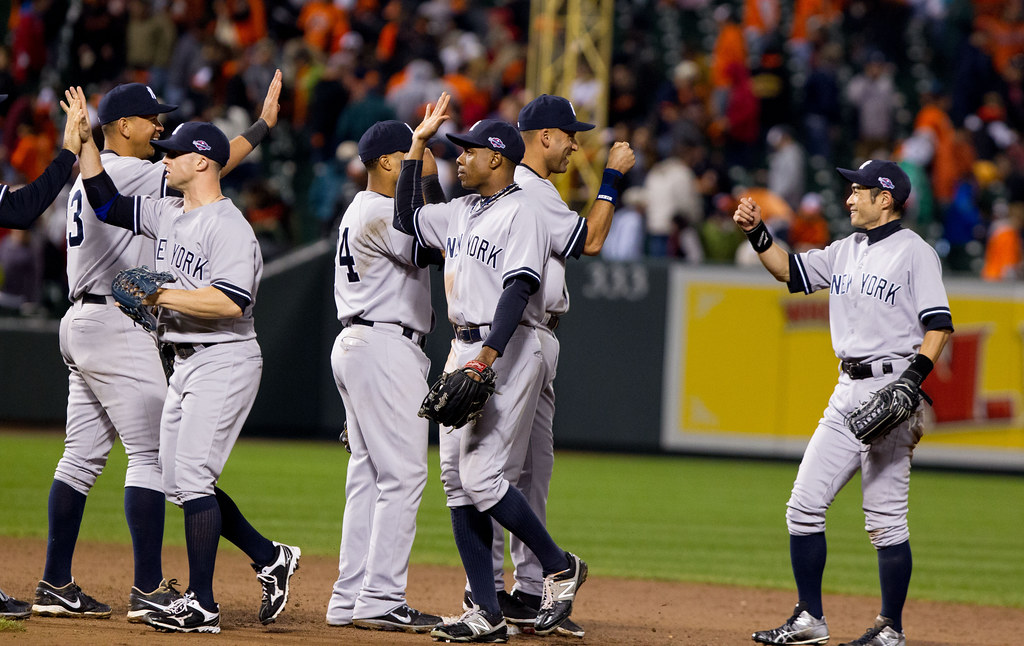
A History of Soccer in Six Matches
Enjoying this newsletter every Friday? Send it to a friend, or six, and have them sign up at nytimes.com/rory.
A few weeks ago, I asked readers to submit ideas for what they would like to see in this column. Not because I am short of them, you understand, but because in this bleak new reality of ours writing about sports very much falls into the category of “things you want,” rather than “things you need.”
There was a flurry of suggestions, on every topic under the sun, most of which I know absolutely nothing about. One theme that stood out, though, was that many would welcome the chance to immerse themselves in the comforting nostalgia of soccer history.
Even with my understanding editors and generous word counts, that is a vast, unwieldy subject. You can write soccer history in a million different ways: through the lens of teams and individuals, through tactics or geography or culture.
I wondered, though, if this might be the best approach for these rabbit hole days: not the best six games of all time, but six games that help to explain the sport as we know it now, as we love it now, as we miss it now.
This list is not intended to be exhaustive: I took 1946 as my starting point, and (with one exception) 1992 as my end. Both choices are deliberate. There is little footage of anything before World War II. And why write one list when you could write two? This is merely a personal view. As ever, dissent is not only tolerated, but gently encouraged.
England 3-6 Hungary
International friendly, London, November 25, 1953
The end of soccer’s first era and the start of its second can be pinpointed precisely: the game that was billed as the Match of the Century, between the country that represented the sport’s past, and the team that heralded its future.
England had never really believed it needed to beat foreigners to prove its superiority at a sport it had, if not quite invented, then certainly codified. Until 1950, it did not even deign to enter World Cups. Even its first experience that year — defeat to the United States, and early elimination — did not dent its self-esteem.
What happened three years later at Wembley had more impact. Hungary’s aranycsapat, its golden squad, exposed the myth of English supremacy. Billy Wright, England’s captain, was powerless to stop Ferenc Puskas, Sandor Kocsis and Nandor Hidegkuti from running riot; he looked, in the words of one reporter, “like a fire engine rushing to the wrong fire.”
Hungary’s emphatic win — the first time England had been beaten by a nation from outside the British Isles on home soil — not only proved that England was no longer the game’s gold standard, but signposted the game’s future: Hungary had not only outplayed England, but out-thought it. Soccer would no longer be a mere physical contest. It was an intellectual one, too.
Real Madrid 7-3 Eintracht Frankfurt
European Cup final, Glasgow, May 18, 1960
Among the 127,000 or so crammed into Hampden Park was a young Alex Ferguson, witness to what is regarded as the finest team performance in any European Cup final. Led by Puskas and Alfredo Di Stefano, Real Madrid swatted aside a more than competent Eintracht team, leading Real to a fifth consecutive continental title.
It would prove not only the high point of that team, but its last hurrah: a year later, Benfica finally dislodged Real Madrid as European champion. Hampden Park, though, cemented the legacy of not only Di Stefano and Puskas, but the club that had built the first ever squad of Galacticos.
From that point on, there would be a glamour attached to that bright white shirt. The European Cup would forever be associated with Real Madrid, and the tournament — then a relative newcomer, only five years old — would become a barometer for greatness first to rival, and then surpass, the World Cup.
Brazil 4-1 Italy
World Cup final, Mexico City, June 21, 1970
The best game of the 1970 World Cup was the semifinal — another match of the century, this one between Italy and West Germany — but nothing, really, can match the final for impact. In vivid technicolor — bright yellow jerseys, verdant green field, sapphire blue sky — the world fell in love with Brazil.
By that stage, of course, Brazil was already a powerhouse: it had won the World Cup in 1958 and 1962; Pelé was already recognized as a global superstar. But 1970 was his, and his team’s, apotheosis, their moment of transcendence into something like an aesthetic ideal for how soccer should be played, how it should look, how it should feel. It was the point at which, if England was the home of soccer’s body, Brazil became the land of its soul.
Ajax 2-0 Internazionale
European Cup final, Rotterdam, Netherlands, May 31, 1972
The Netherlands team that revolutionized soccer in the 1970s — laying down many of the ideas and precepts about style that continue to shape the sport, at elite level, today — is remembered for what it did not win. In 1974 and 1978, it was the best team in the world. In both years, it reached the World Cup final. On both occasions, it lost.
But many of the players in those teams were winners, had been winners. Ajax, the club where the doctrine of Total Football had been born, lifted the European Cup three times in a row between 1971 and 1973, the first team since Real Madrid to do so. The second title, claimed on enemy territory in Rotterdam, was the finest, sweetest of them all.
Inter Milan — a team constructed, in the traditional Italian fashion, around grizzled defending — was cut apart by Johan Cruyff. He scored both Ajax goals, and in doing so, he confirmed that beauty could triumph over cynicism. It is a battle of ideas that soccer has been wrestling with ever since.
Argentina 0-1 Cameroon
World Cup group stage, Milan, June 8, 1990
Until a sunny day at the San Siro, soccer had twin poles: one in Europe and one in South America. Everywhere else — from North America to Asia to Africa — was an afterthought. At World Cups, with a couple of notable exceptions, the role of those continents’ teams was somewhere between novelty act and cannon fodder.
Cameroon’s victory over Argentina, the reigning world champion, was the start of a seismic shift, one that continues today. Though its win was characterized at the time as rooted in good fortune and bad tackling — two players were sent off; the second, Benjamin Massing, really couldn’t have any complaints — much of that, looking back, says more about soccer’s lingering colonial complex than it does Cameroon’s performance.
The victory’s meaning is clearer now. It was the moment that proved African teams — followed in short order by soccer’s other developing continents — were no longer the pushovers they were supposed to be. It was the moment soccer became a truly global game.
United States 0-0 China (U.S. wins on penalties, 5-4)
World Cup final, Pasadena, Calif., July 10, 1999
Well, it was the moment soccer became a game for truly half the globe. The other half would have to wait nine more years, for Brandi Chastain’s penalty kick, to feel entirely included in the world’s sport.
For most of the 20th century, women’s soccer was suppressed, in one way or another: through lack of funding, lack of exposure or outright banning. Chastain, and the United States team that became known as the ’99ers, ended all of that.
The 21st century has seen sustained, remarkable growth in women’s soccer across the globe, led by the United States. (The match has also played a role in popularizing the men’s sport in the U.S.) The journey is not yet complete, of course, but the progress that has been made can be traced back to the Rose Bowl, and the Pasadena sunshine, and the kick that shook the world.
Thanks to readers Andrew Edelstein and John MacMillan for donating the source material of this idea to me; enjoy the hours on YouTube.
No, Footballers Don’t Have to Pay for the N.H.S.
One of the privileges of being a British reporter working for an international outlet is the chance, every so often, to look at my own country through someone else’s eyes. It changes the light: Things that have always seemed inviolable, natural, obvious, suddenly become curious, inexplicable, downright bizarre.
There can be no better example than the story of how soccer players’ pay became a central theme in Britain’s response to the coronavirus. It should, really, have been a fairly simple, and utterly minor, process: the players could have taken a pay cut to help their clubs pay the rest of their staff, so as not to become a burden to the government’s relief efforts, and to stave off some of the effects of soccer’s shutdown.
They could, then, have negotiated further deductions or deferrals, depending on the length of the hiatus. And if anyone — player or club — wanted to make a private donation to the country’s overworked hospitals, then that would be a welcome bonus.
It did not quite work like that. Instead, players found themselves told by politicians that taking a pay cut was directly related to “doing their bit” for the National Health Service. It is a mental leap that comes quite naturally, and appears frequently, in British public discourse: the sense that these largely working-class, ethnically diverse young men do not deserve their money, and do not use it correctly. When you try to explain it to an outsider, though, it becomes clear very quickly that it ultimately makes no sense whatsoever.
A Bill Comes Due
The warning was buried 12 paragraphs into the statement, released on Monday, confirming that Liverpool had — under considerable public pressure — changed its mind on using the British government’s furlough program to cover the salaries for some of its nonplaying staff. It is one that resonates well beyond Anfield.
Several of the financial scenarios for which the club is preparing, Liverpool’s chief executive Peter Moore wrote to supporters, “involve a massive downturn in revenue, with correspondingly unprecedented operating losses.
“Having these vital financial resources so profoundly impacted would obviously negatively affect our ability to operate as we previously have,” Moore wrote.
The scale of that financial damage is not yet known: it may run, according to some estimates, into the hundreds of millions of dollars for some clubs, and well into the billions for the soccer industry as a whole. There are ways that can be mitigated. First and foremost, by finishing the current season; second, by agreeing to pay cuts or deferrals for players (likely on a case-by-case basis, given how collective talks have been progressing), which are far more preferable to job losses elsewhere.
There is, though, no scenario in which the clubs emerge unscathed. There is no scenario in which what comes next is the same as what went before. The clubs, you sense, know that. The players, to some extent, may soon realize it. But the news media and fans, too, are going to have to accept it.
For many, the hope is that next season, at least, may yet be “normal,” familiar in shape and tone. The reality, as Liverpool warned, is that normal is gone for some time, and perhaps forever.
Correspondence
The book recommendations keep coming, many of them expanding into Spanish: Eduardo Galeano’s “Football in Sun and Shadow” came up a lot, and there has been plenty of love for the works of Roberto Fontanarrosa, Juan Villoro and Eduardo Sacheri, too. I’ve read Galeano, but will explore the others.
Several readers, including Daniel Frost, mentioned Amy Bass’s “One Goal”; Terry Pitts was among those who reminded me of David Peace’s soccer novels, “Red or Dead” and “The Damned United.” I found the latter more compelling than the former. The one that really intrigued me, though, was a book by J.L. Carr called “How Steeple Sinderby Wanderers Won The F.A. Cup.” I had to double check it wasn’t a joke, from both Mark Farrer and David Stevens. It seems it isn’t. It’s being airdropped into an online order as we speak.
The best email, though, came from Michael Pecht, recommending “The Replay,\" by the Irish writer Michael Curtin. “It is about a challenge to replay a soccer match between two rival local squads 15 years after their original face-off,” he wrote. “It is also a masterpiece about love and marriage. So in that respect it is a lot like ‘Madame Bovary.’” Except better, I presume, because “Madame Bovary” lacks goalmouth action.
My other achievement this week: finishing “The English Game\" on Netflix. I would recommend it, with a couple caveats: I am a bit of a sucker for rom-com level romance; the dialogue is, frankly, remarkable; if you like subtle, arch subtext, you may find it a bit, well, sledgehammer. But it is fun. And, at times like these, fun is good.
That’s all for this week. We’ll return to grammar and syntax next week: feel free to throw in your two cents, on that or anything else, to askrory@nytimes.com. I reserve most of my arguing for Twitter, but occasionally do it with friends and record it. And you can tell everyone you know about how nice it is to get an email every Friday here.
Keep safe.
Rory








